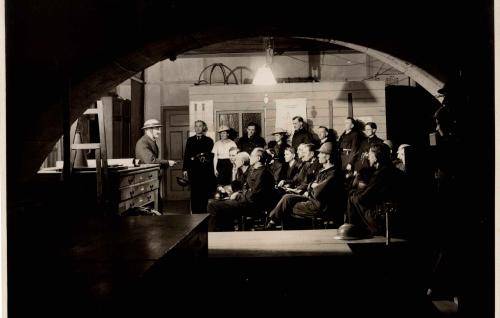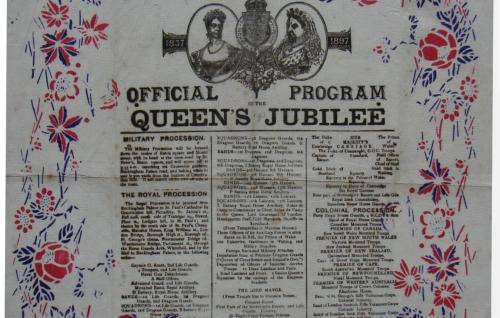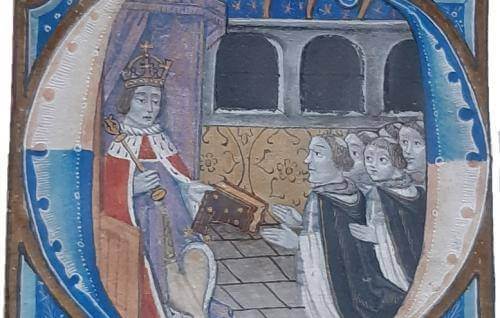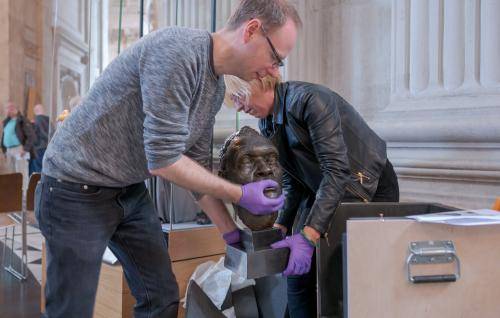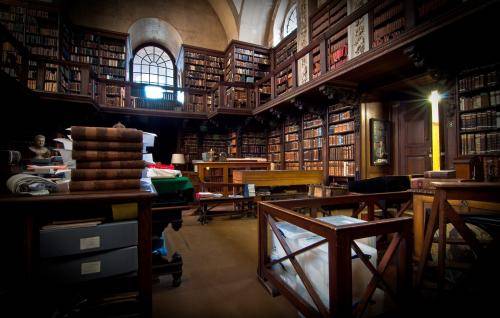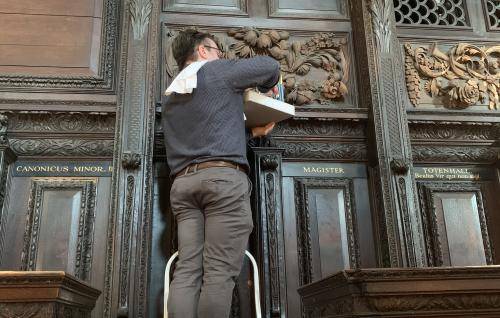History and Collections

History and Collections
What symbolism will you find hiding in the world-famous The Light of The World painting? Which of our Canons worked tirelessly to end Apartheid in South Africa? And why do only three copies of the Tyndale bible survive today?
Find the answers to these questions, and more, by browsing through our fascinating historical accounts and collection items.
Throughout our history pages, you can explore the events and people that have shaped our Cathedral, from sparkling services that allowed a nation to celebrate – and mourn – some of our most famous figures, to the forward-thinking clergy who solidified the Cathedral's record on social justice.
In addition, our Collections form a unique record of the spiritual, liturgical, architectural, administrative and social life of one of the world’s most outstanding buildings and its imposing predecessor, the Pre-fire Cathedral.
Explore our stories and projects

The Great Restoration
On Christmas Eve 1924 St Paul’s was served with a Dangerous Structures notice and was later closed for public safety.
This display in the Crypt of St Paul’s recounts the extraordinary and little-known story of how the Cathedral moved and cracked, causing masonry to fall and smash in the Nave, testing the limits of the structure and relations with the City of London building authorities.
The Collections database
The Cathedral Collections form a unique record of the spiritual, liturgical, architectural, administrative and social life of one of the world’s outstanding buildings and its imposing predecessor, the Pre-fire Cathedral. Details of all the items in our Collections are available on our external Collections database.
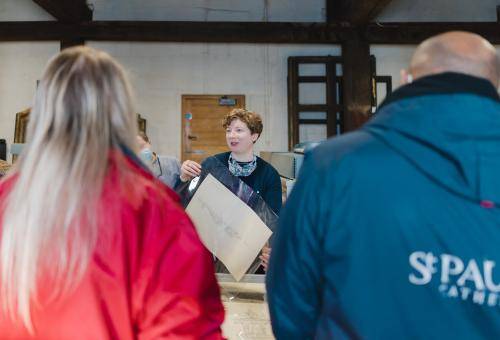
About the Collections
Our Collections department take care of our archives, library and objects – each collection featuring some remarkable historical artefacts.
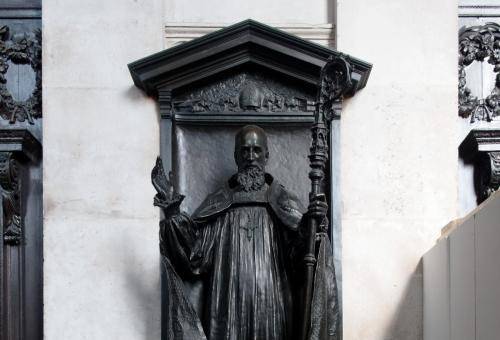
Access the Collections
Find out how to gain access to our Archives, Library and Objects collections and about imaging requests.
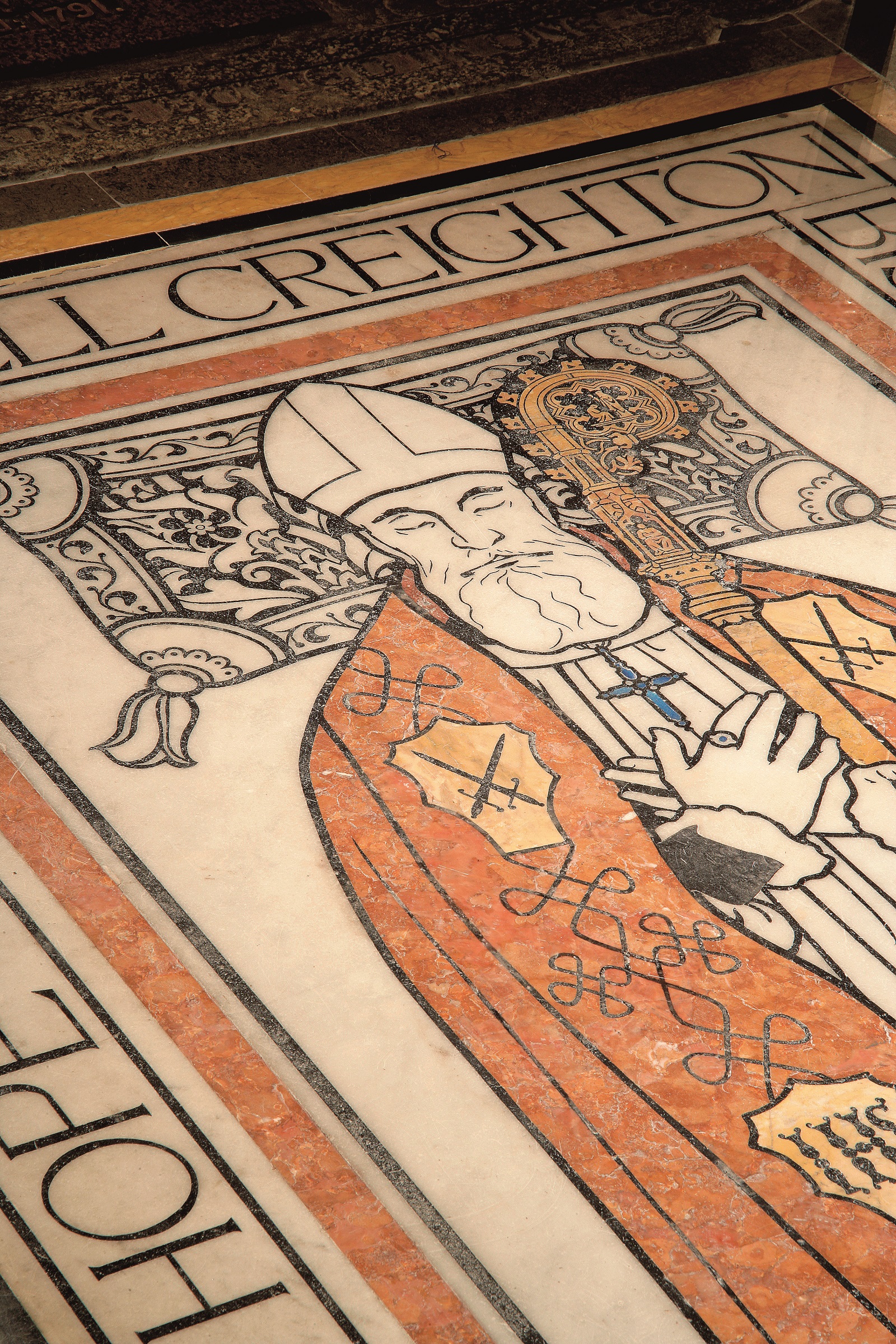
Timeline of the Cathedral
From our consecration to 21st Century, chart the history of St Paul's and see which events – and people – helped create the Cathedral as it is today.





